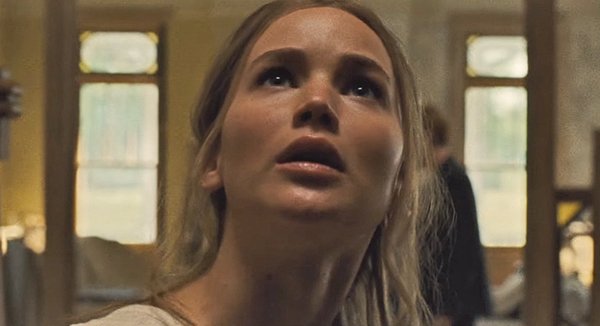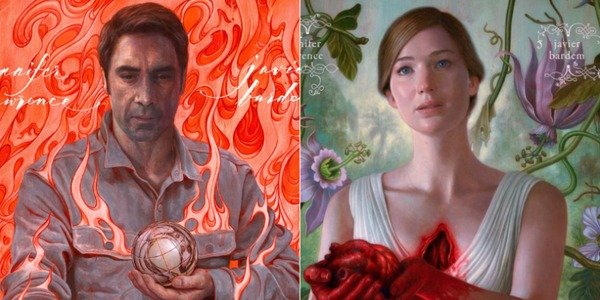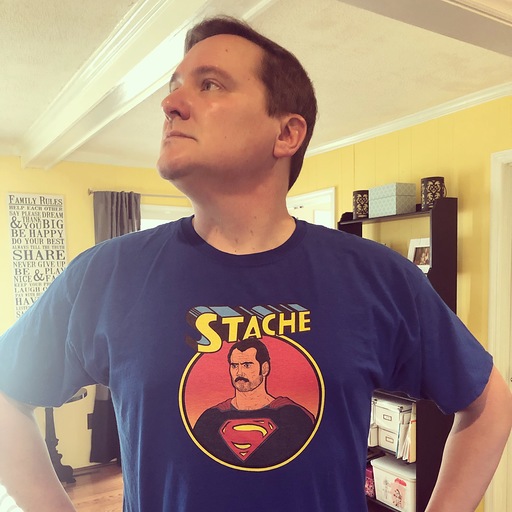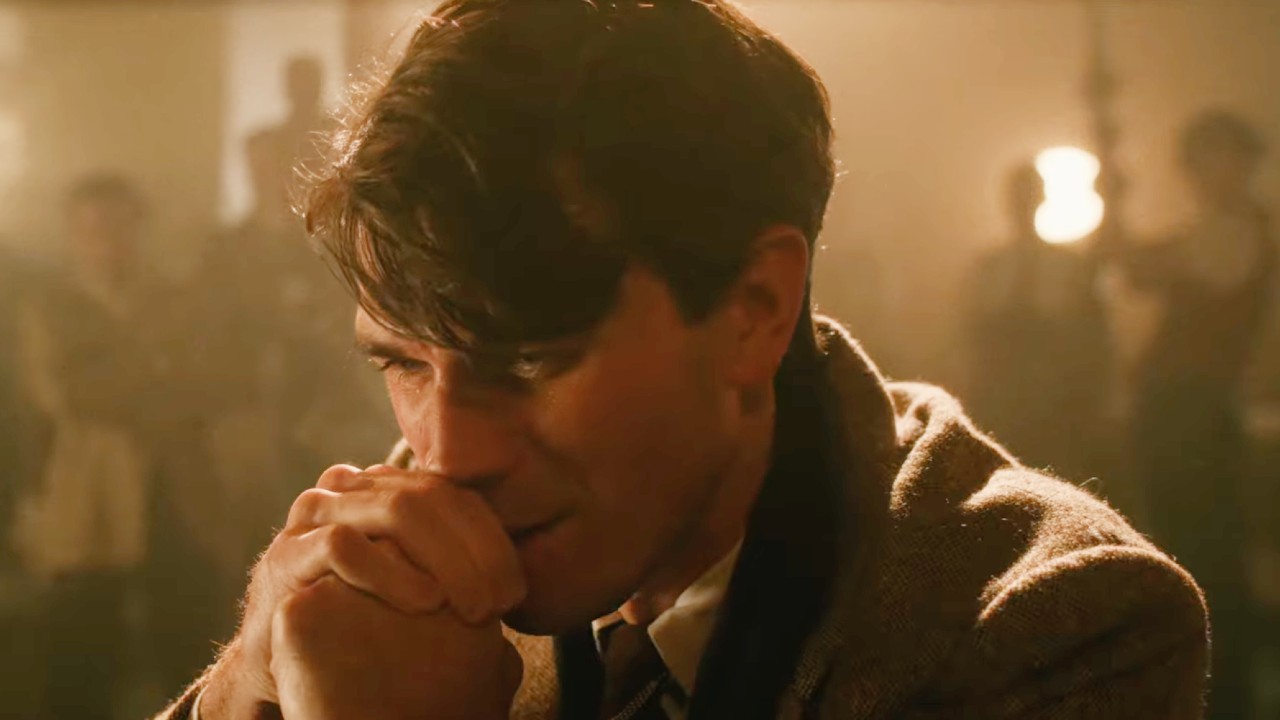What Is Mother! Really About? Here Are The Best Theories


Darren Aronofsky's mother! is a true work of art. To some, it will be a masterpiece. To others, a mess. It will inspire some audience members, and enrage others. And all are correct in these summations, for as with any legitimate artistic construction, pure interpretation is difficult, and none are really ever "wrong." The morning after mother!'s first screenings has been a roller-coaster ride of reactions, with many trying to provide their analysis of Aronofsky's disturbing, provocative, pretentious but undoubtedly honest feature. And we have a hot take we want to throw onto the fire for those looking for interpretations of mother!
Needless to say, we're diving into massive spoilers for Darren Aronofsky's mother! in the following article. Stop reading now if you haven't yet seen it, and come back after to discuss once you have.
Mother! is an allegory. That much is clear. An allegory for what? That's where audiences are heading down different paths. Because the Biblical references are so dense, pulling from both the Old and the New Testaments, some are reading mother! as a critique on organized religious institutions. Others are treating the "house" that serves as the location of as a stand-in for our planet, and the zealots as ignorant climate-change deniers who are damaging "her" beyond repair.
Both may be true. I read mother! in a different way. I think Darren Aronofsky made mother! as an allegory for the Creative Process an artist endures when producing an original work, be it a novel, a short story, a poem, a painting or, especially, a movie. It took me until the very end to determine whether Aronofsky, as the filmmaker, viewed himself as Javier Bardem's "Poet" or Jennifer Lawrence's child-bearing "Inspiration." But now I'm convinced that Aronofsky sees himself in Bardem's role, with Lawrence representing the human loves he admits to having sacrificed in the name of his art -- including ex-lover Rachel Weisz, who's on fire in the movie's opening scene. Subtlety!
I'm choosing to focus on the delicate, egg-shaped relic that Javier Bardem's "Poet" claims that he salvaged from his previous fire as the catalyst for my interpretation. In my reading, this relic is that first "germ" of an idea that any creator has when starting a new project. Bardem protects the crystal egg, and strangers -- in the form of Ed Harris and Michelle Pfeiffer -- want to see it. Aronofsky no doubt has endured inquiries from strangers any time that he says he's working on a new film. The questions probably start arriving almost immediately. What will it be? What is it about? Who will be in it? But the artist wants to squirrel the idea away, until its ready to be revealed.
The baby in Jennifer Lawrence's belly, meanwhile, is the finished work: the film, the novel, or the story. It is nourished, and guarded by the "Poet" -- who also acknowledges how important it is for strangers to be interested in it. Here, the difficult "commerce" side of the equation plays on Aronofsky, for as much as Bardem's character courts attention, he can't fully turn these prying strangers away. They want his art, and art needs to be experienced to be fully appreciated. In the movie's most disturbing scene -- the one that likely will fully alienate any on-the-fence audience members -- the "Poet" turns his creation (his baby) over to the rabid zealots (the audience)... and they tear it to shreds. Then feast on it. Could this be what a filmmaker like Aronofsky feels like when he releases a film, only to sit back and watch it be dissected by critics and audience members alike?

Who is Jennifer Lawrence in my grand (and possibly way off) interpretation of mother!? Well, primarily because of the casting of Rachel Weisz in the movie's opening scene, she stands in for any significant other who is caught up in the wake of a genius creator who is obsessed with their current work of art. She tries to be supportive, but repeatedly questions where the line is drawn between professional art and a personal, guarded existence. Why do artists, filmmakers, novelists and the like need to keep letting these strangers "invade" the sanctuary of, say, a marriage? Can the artist ever turn a potential audience away? Does the significant other of an artist need to suffer the invasion of privacy, as well? Is it the price to pay for the creation of said art?
Your Daily Blend of Entertainment News
Believe me, I know that all of this sounds incredibly pretentious. Yet, if this is Darren Aronofsky opening up to his audience about the sacrifice he feels that he has had to make to produce movies like The Wrestler and Black Swan, I stand behind his quest to convey that hardship. What sold me on this interpretation was the final moments of mother!, where the "Poet" removes his next "germ" of an idea from the chest of Lawrence's mother, and places it on a pedestal, healing the "house" in the process and waking up a new muse. The Creative Process is underway again. A new work of art is in the pipeline.
Again, I may be way off. I probably am. As I mentioned, outlets like THR are interpreting it as an environmental allegory. Darren Aronofsky, himself, shared an image of the book The Giving Tree as recommended reading for before or after you watch the film. But the larger point of mother! is that even at its most disturbing, it is provoking the audience into feeling something, and it's demanding that you bring some thought and analysis to the table during and after. And works of cinema that manage to do that deserve to be celebrated.

Sean O’Connell is a journalist and CinemaBlend’s Managing Editor. Having been with the site since 2011, Sean interviewed myriad directors, actors and producers, and created ReelBlend, which he proudly cohosts with Jake Hamilton and Kevin McCarthy. And he's the author of RELEASE THE SNYDER CUT, the Spider-Man history book WITH GREAT POWER, and an upcoming book about Bruce Willis.
